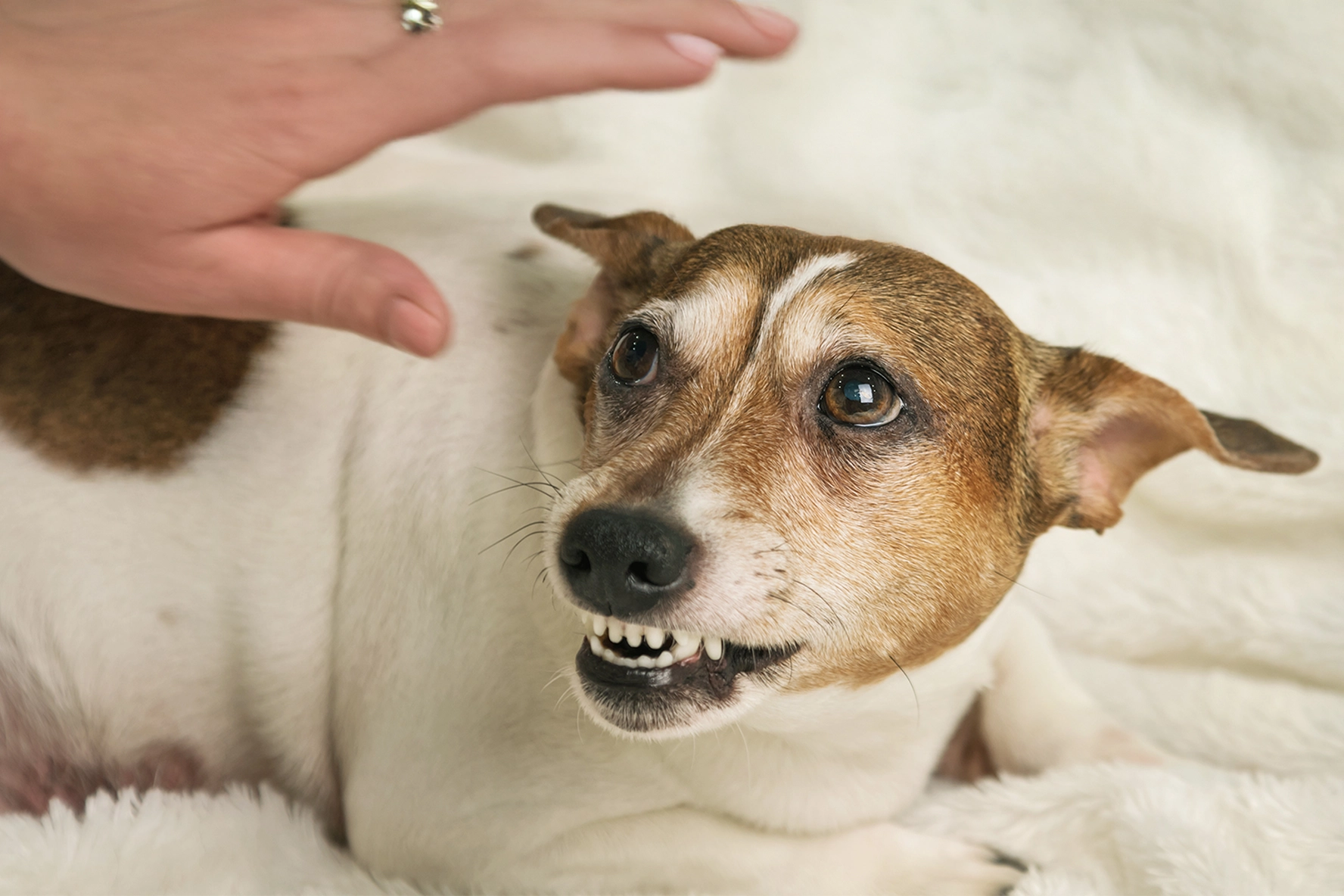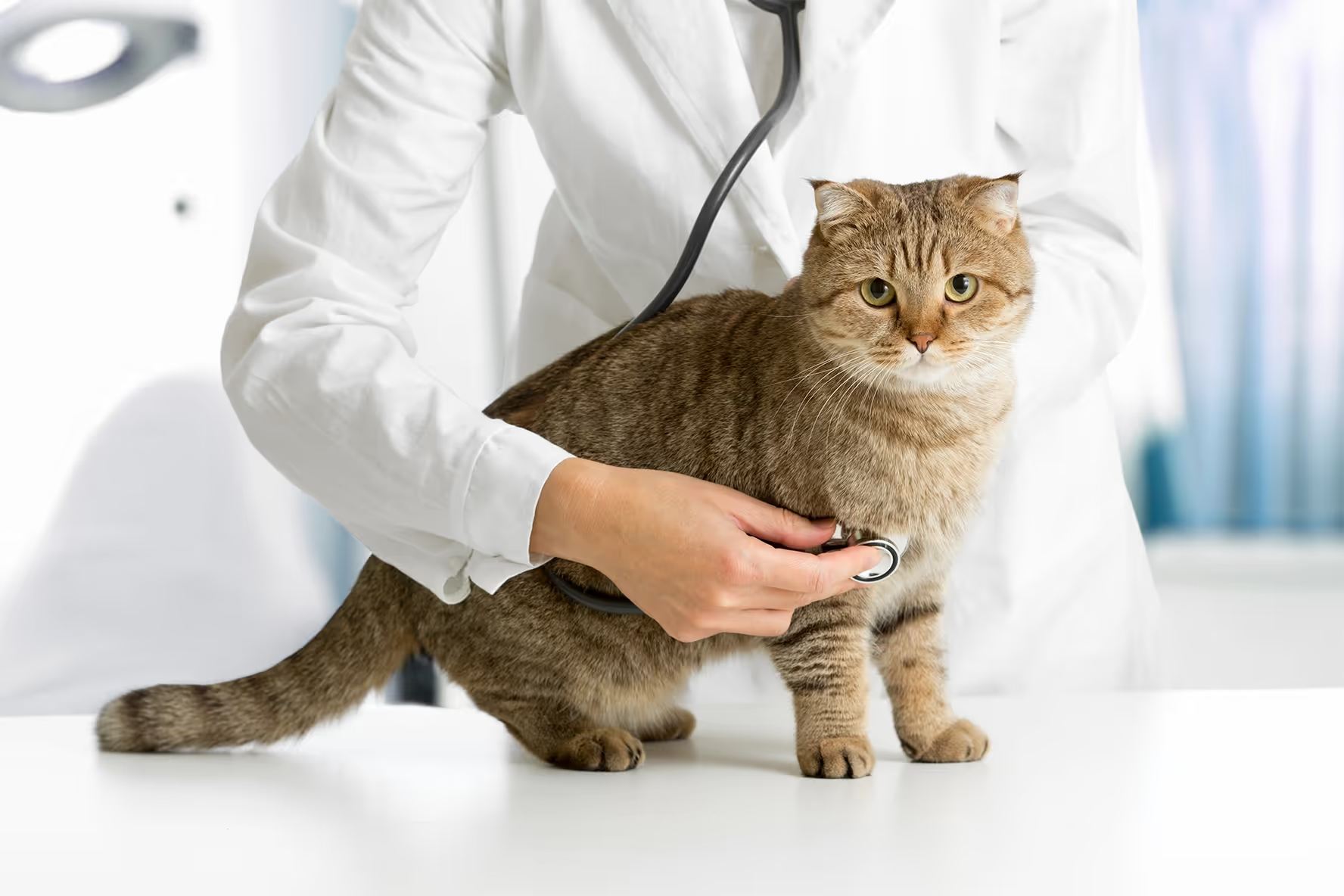Canine Cancer Treatments: What You Need to Know About Fur Care

Knowing how to take care of your pet during and after their chemotherapy treatment is important for keeping your stress levels down. Things that some pet parents may expect from chemotherapy can be based on human chemotherapy reactions, but one expectation that is usually different is how the chemotherapy will interact with your dog’s hair or fur.
Canine Chemotherapy and Fur Loss
While it is common to expect that your dog may lose their fur during chemotherapy, much like humans lose their hair, it’s actually quite rare.
Breeds with hair that is constantly growing, wiry, or has curly growth patterns—like terriers and poodles—are significantly more likely to lose their hair during their treatment. These particular hair types have hair follicles that mimic human hair follicles, and so they will react similarly to human hair during chemotherapy treatment.1
The difference between these breeds’ follicles and shedding dogs’ follicles is that the curly and wiry hair follicles are active and growing. Active hair follicles are some of the body’s fastest naturally occurring rapid cell divisions. Chemotherapy treatments are designed to inhibit cancer cells that are rapidly dividing just like the hair follicles.2
However, for most dogs, fur loss is not something that a pet parent should have to worry about. Of course, if it does happen, just know that it is a temporary experience for your dog and that they will begin growing their hair back normally once the treatment has ended.
Canine Cutaneous Lymphoma and Fur Care
When your dog is diagnosed with cutaneous lymphoma, there is a lot higher chance of their hair being directly affected by the cancer and its treatment. Due to cutaneous lymphoma’s nature of impacting a dog’s skin, there is a high probability—if not an expectation—for the cancer to affect their hair growth patterns. This form of lymphoma creates lesions on the skin that can cause hair loss, itchiness, thickening of the skin, and may cause fluids to ooze from the skin.
Because of the dog’s new skin irritations, their grooming pattern will need to be modified. Most pet parents will notice the alterations to the skin before the diagnosis, so it’s always best to discuss with your vet the changes needed for your pet’s new skin type. Cleaning any fluids off with a clean, warm, and wet towel will help to keep your dog comfortable between any full baths or vet trips.3
Radiation Therapy and Grooming
Radiation therapy is an external treatment where the radiation waves are projected towards a locally affected area and penetrate the cells. The treatment goes through the dog’s skin and into the tumor or otherwise impacted area. This means that whatever may be on your dog’s skin can have an impact in the treatment if the wrong products are used.
That’s not to say that there is only one right way to care for your dog in terms of grooming before their radiation treatment, though it does say that the right ways involve paying attention to some things that other pet parents may not.
Dog shampoos are not all created the same, and there are different ingredients that can have similar results. When your dog has a sickness like cancer, paying close attention to what you put into and onto their body becomes a lot more important.
Try to avoid any shampoos that have any kind of metal in them. Some shampoos will advertise that there are metals in them as a “helpful” additive to the shampoos—for example, “chelated silver”— while others you will have to look closely at their ingredients lists to make sure. Avoid shampoos that have zinc or silver. And if you want to play it safest, if the shampoo bottle doesn’t advertise that it is metal-free, it may be one that you will want to skip or ask your vet about directly.
Overall Grooming for Dogs with Cancer
Taking care of your pet’s hair is just as important as it was before their diagnosis. However, now you have to pay attention to the time frame between cleaning your pet and their chemotherapy treatments.
You want to make sure that you are efficiently cleaning your pet if they have any reactions to their medication that cause them to make a mess, be that vomiting or diarrhea or over-urination. When they have recently received chemotherapy, you have to make sure you are cleaning everything well to make sure that none of the toxins from the chemo affect you or any other people or pets in the household.
This may mean giving your dog some sponge baths regularly during their chemotherapy treatments. Or giving less stressful baths more often to your pet.
During the time after their treatment has been administered, even if it was a radiation therapy treatment, paying attention to a few more ingredients found in shampoos can be beneficial to your pet’s long-term comfort, post-bath.
Ingredients you will want to avoid being in your doggy shampoo include artificial colors and fragrances, as these have never really been beneficial to your dog and are now more likely to cause irritation. Saving your dog the strife of a post-bath itch is worth a more natural smelling soap when they have to go through cancer treatment at the same time.
You will also want to look for the term “Slow-releasing compound”. This term is the more consumer-friendly way of saying Formaldehyde Preservative. Formaldehyde is not something we want coming into contact with our healthy dogs, let alone ones receiving treatment for cancer.
There is also a coconut byproduct that is occasionally added to shampoos; in the process of creating this byproduct, all of the helpful qualities of the coconut are diminished and it has been considered a cancer-causing agent by some researchers. Keep an eye out for Mea/Cocomide Dea, while it is not entirely proven that this will have an impact on a dog currently being treated for cancer, something that has been looked at as a cancer-causing agent is the kind of ingredient we want to avoid.4,5
How We Can Lessen Your Worries
While worrying about your pet’s grooming might not be all too overwhelming in regular circumstances, adding that on top of the stress you’re already feeling with trying to choose the correct cancer treatment for your pet can be over-the-top.
And that’s why we’re here, to lessen some of your worries and help you learn which treatment plan will be most effective for your pet. Knowing that you won’t have to put your best friend through multiple treatments in the hopes that one will stick can make the journey to remission much simpler, and will allow you to focus on smaller (though still important) aspects of their care.
ImpriMed can help give you that bit of peace in knowing more about how your dog’s treatment will go and identifying the most effective treatment plan for your pet’s individual cancer cells. By using state-of-the-art labs and artificial intelligence, ImpriMed is able to test your dogs’ cells against various anticancer drugs to predict your pet’s most viable treatment plan.
Through our system, we will provide you and your vet with a Personalized Prediction Profile and help you feel more confident in the lymphoma treatment plan for your pet, so all you have to worry about is buying the right shampoo.


